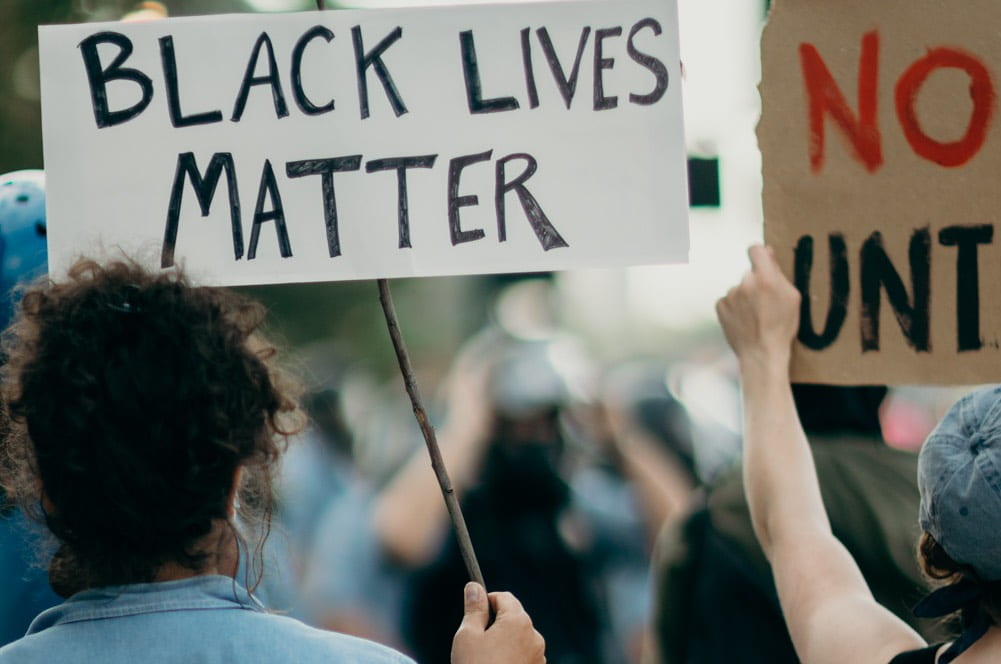‘You’re a history teacher? You don’t look like one’: changing perceptions and actions during Black History Month
By Blog Editor, IOE Digital, on 15 October 2020
15 October 2020
By Robin Whitburn and Abdul Mohamud
Black History Month has featured in England since October 1987, when the Ghanaian activist Akyaaba Addai-Sebo led the efforts of the London Strategic Policy Unit to introduce a UK version of the longstanding American experience. For recent generations it appears as a traditional feature of the autumn landscape and it might be easy for it to lose connection to its activist roots. But 2020 has seen a sharper edge to the sense of obligation to ‘do something for Black History Month’.
The killing of George Floyd in Minneapolis at the end of May and the subsequent Black Lives Matter campaigns have stimulated considerable appetite among history teachers for curriculum change that might do justice to the global and British history of peoples of African descent. But what should that look like?

Diane Abbott MP addressing an event at the Houses of Parliament. 1987 saw the first Black and Asian MPs since the 19th Century
As with the Civil Rights Movement of the 1960s, in 2020 it appeared to be the United States that was the unequivocally racist society, and some people in England sought solace in the notion that the slaughter of George Floyd could only happen there. After all, ‘we never had segregation, and our police don’t shoot unarmed Black men in the back’, therefore British history should be presented as having a positive profile on race. Notwithstanding the inaccuracy in ignoring the British ‘colour bar’, Amelia Gentleman’s recent tireless efforts to expose the scandals of the British Government’s ‘Windrush Betrayal’ should surely call a halt (more…)
 Close
Close






